Employee Management System
Complete Employee Management with
Advanced ESS Assistance
Ease your administrative burden by automating the employee life cycle
for an outstanding employee experiences from hire to retire.
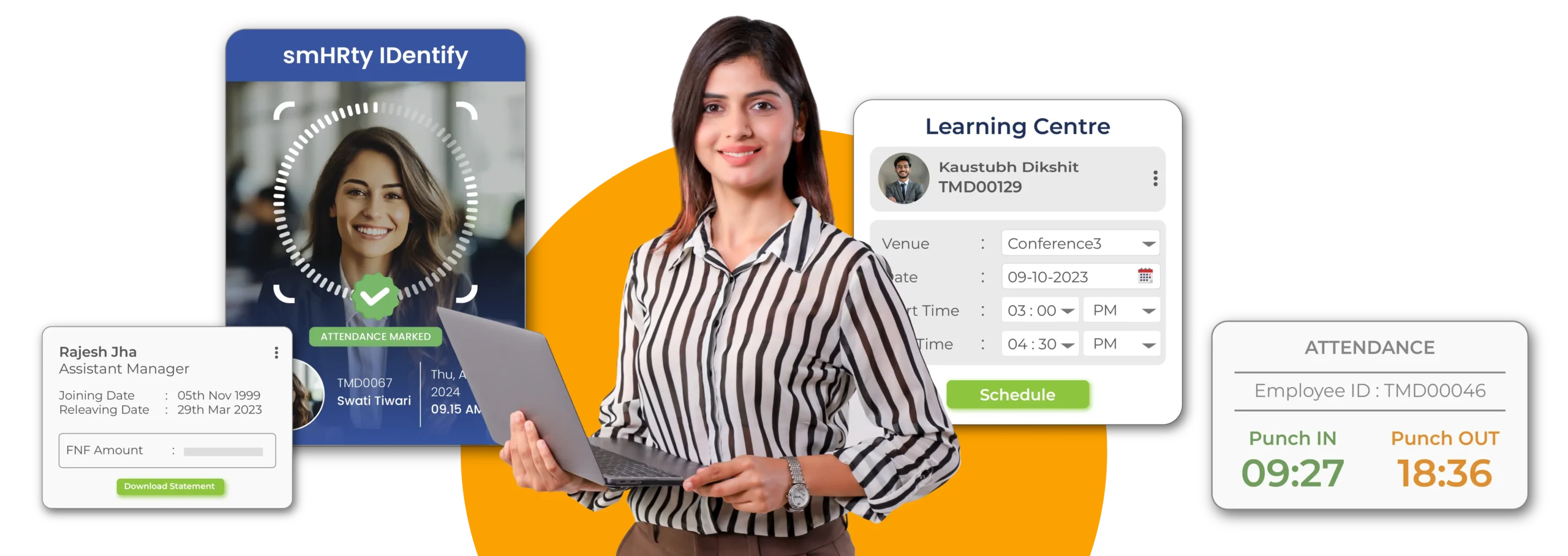
Optimized Staff Management with Feature-rich Employee Management System
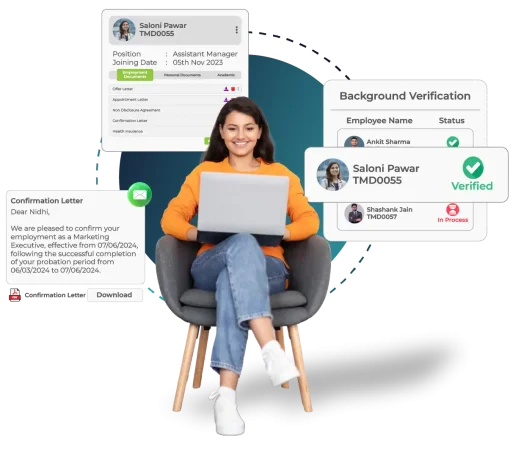
Seamless Employee Documentation
Capture and store candidate documents effectively for in-depth analysis and selection.
Smooth Employee Verification
Quickly verify applicant details like qualifications, prior experience and employment history.
Simplified Employee Confirmation
Increased efficiency in measuring candidate performance and confirming them.
What is Employee Management System?
The employee management system, or EMS, is a robust tool that empowers employers or HR professionals to navigate the entire employee life cycle from hire to retirement. It handles various employee-related tasks, including maintaining secure employee records, performing performance analyses, updating employee policies, calculating attendance and leave, and more.
Besides, It provides a secure and efficient platform for managing all aspects of the day to day employee journey, ensuring that every step is well-documented, analyzed, and optimized for the benefit of the business and its employees.
Integrated Biometrics & Location Tracking
Utilize smartphone cameras or any other biometric reader to capture accurate attendance records. Use GPS-enabled devices for geo-fencing, geo-tracking and geo-tagging.
Online Leave Applications & Approvals
Enable your team members to apply for leaves from their ESS portals and mobile app while their manager approves them from their ESS, Pocket HRMS software, WhatsApp or Email.
Interactive Template-based Custom Reporting
Generate various kinds of attendance reports like annual muster roll, employee leave data, etc. with a few clicks, thanks to template creation option using your custom settings and real-time dashboards.
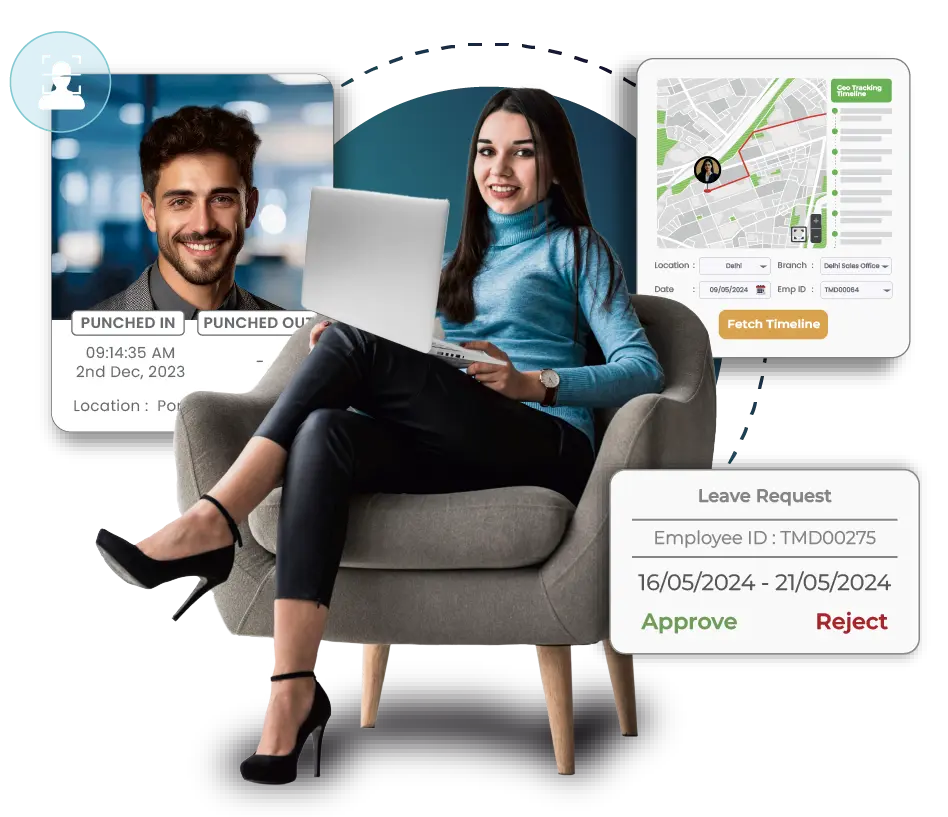
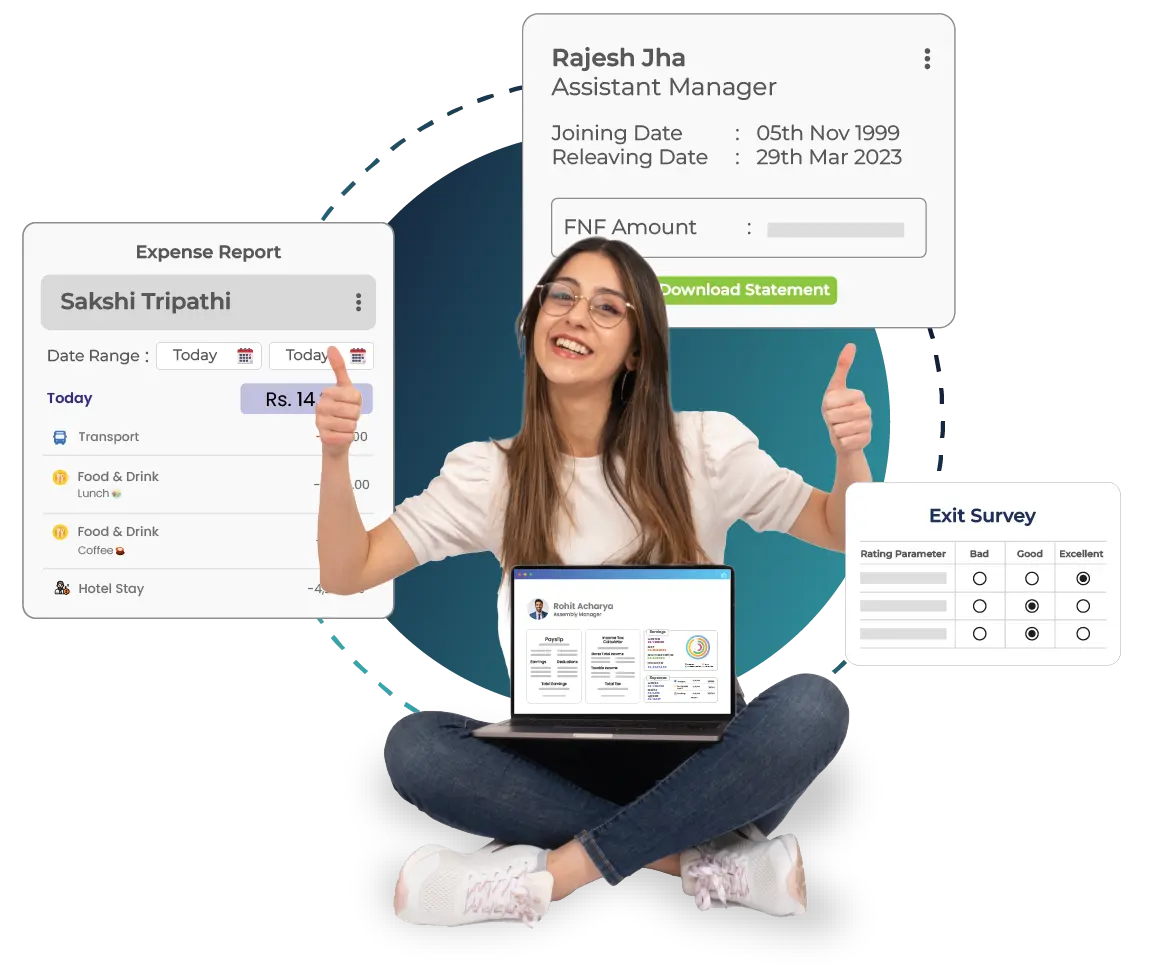
Proficient Employee Self-Development with PMS
Easy access to performance metrics and self-evaluation ensuring employees a transparent appraisal process.
Easy Leave Applications and Approvals
Empower employees with simplified approvals for leaves, on-duty and attendance regularization applications from their ESS portals.
Simplified Expense Management
Comprehensive expense management system with invoice attachments and multi-level approvals for enhanced transparency.

Manage your Employee Lifecycle Efficiently with the Most Advanced Employee Management System
Multiple Employee-centric Features for Truly
Next-Gen Employee Engagement
Managing Employee
Database
Manage employee data efficiently with encrypted database and role-based access for secure employee data management.
Tracking Time and
Attendance
Track employee attendance and working hours accurately with biometrics-enabled attendance, geo-location, geo-tracking, & geo-fencing.
Employee Self
Service
Make your employees feel valued with an intuitive ESS portal for seamless 24/7 access from any internet-enabled device.
Mobile
Accessibility
Multi-lingual mobile app for simplified remote access, easy leave and attendance approvals, along with AI-based assistant smHRty®.
Proudly Recognized by Leading Platforms
Pocket HRMS is a leading HRMS software solution provider, recognized by top-notch review platforms like ‘G2‘ and ‘Software Suggest‘ for its revolutionary features.
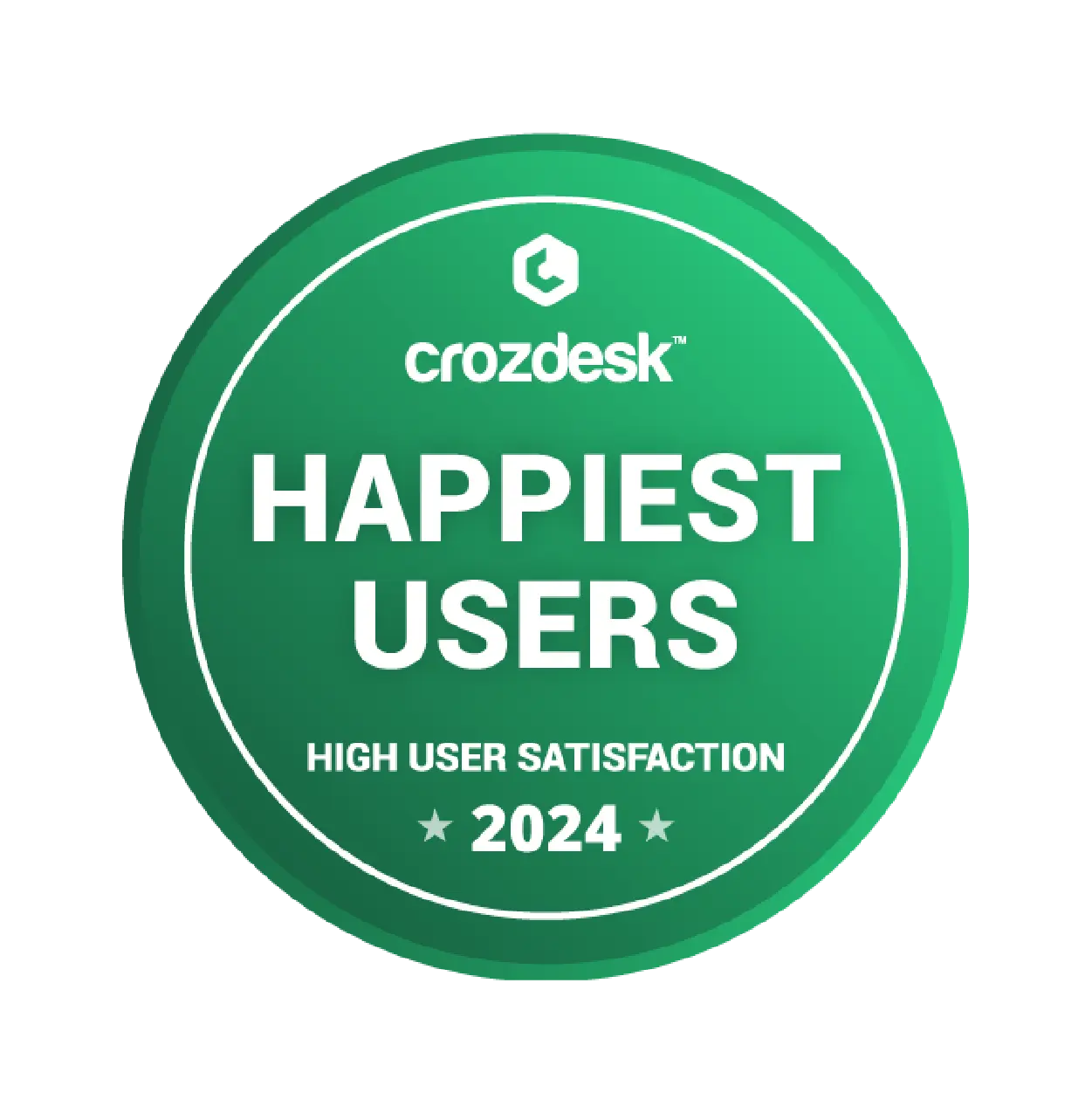
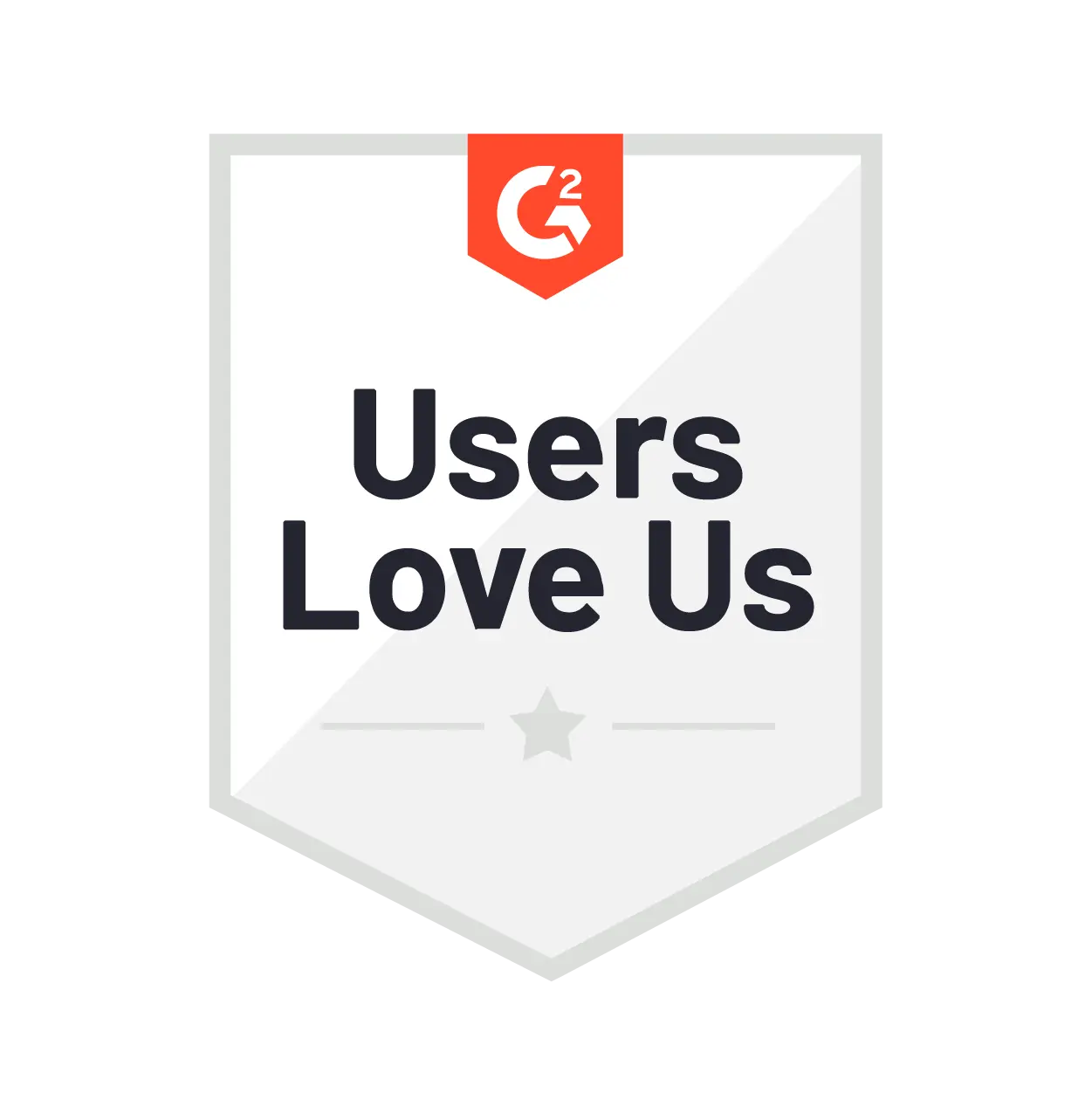
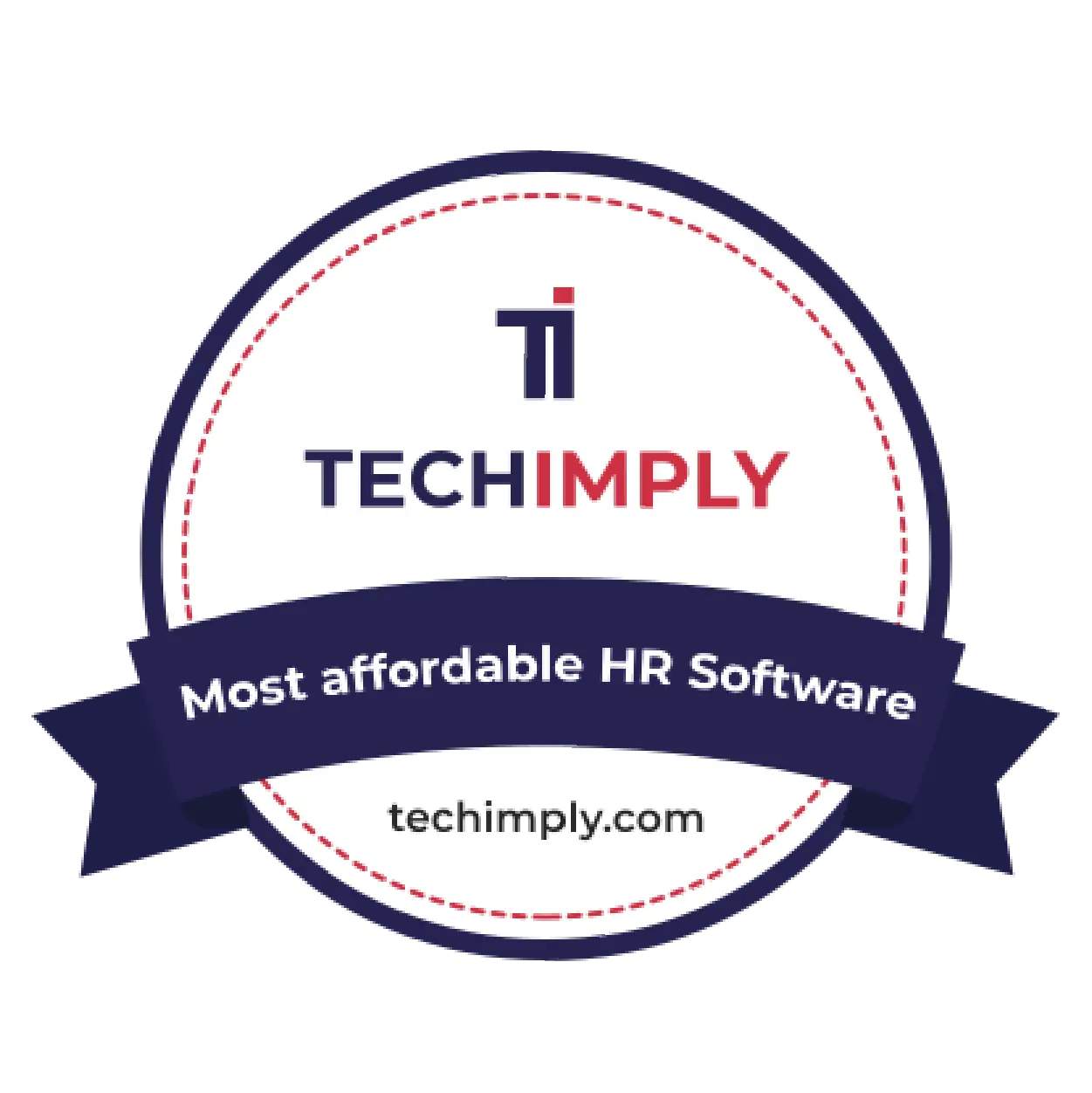
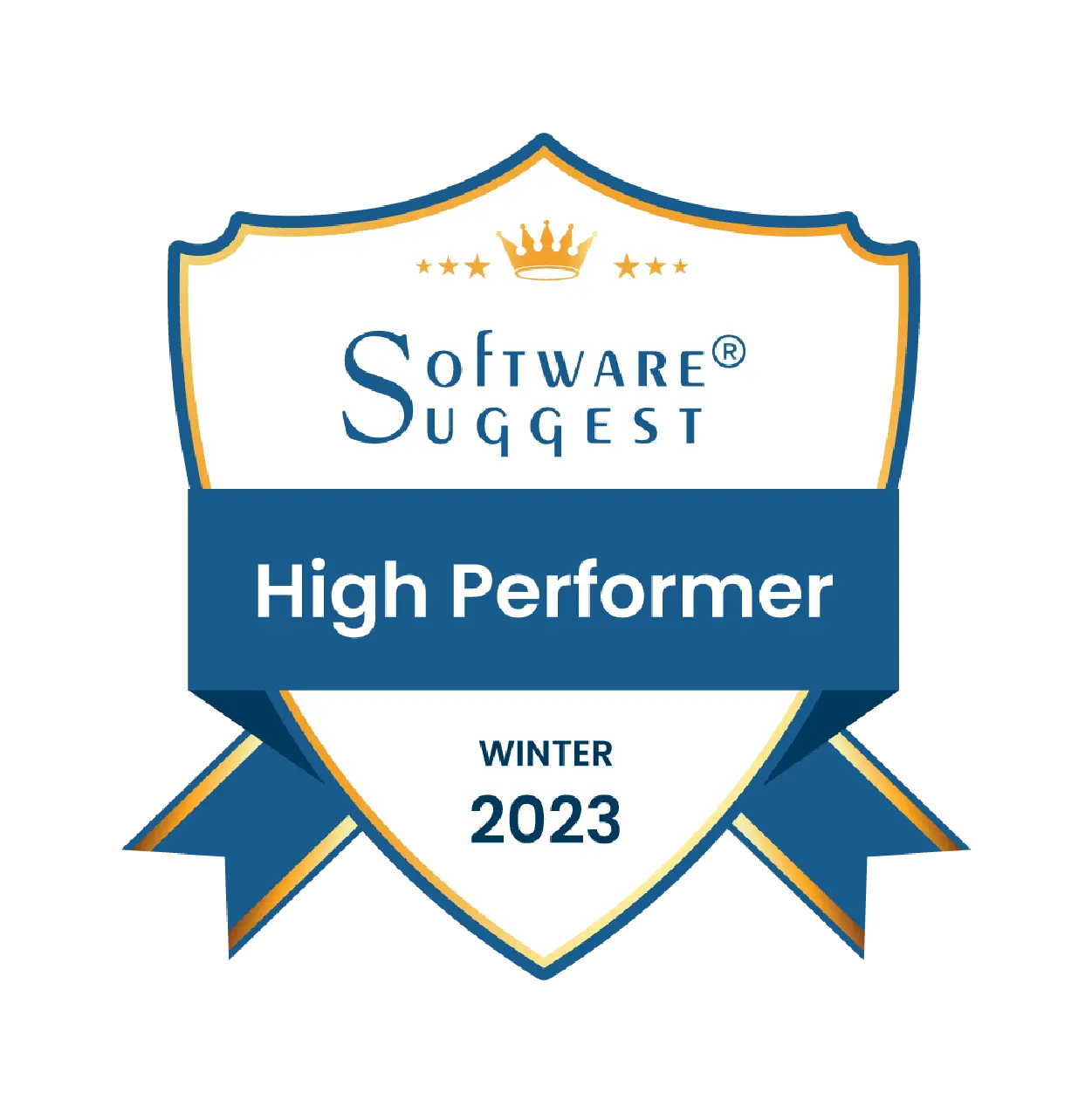
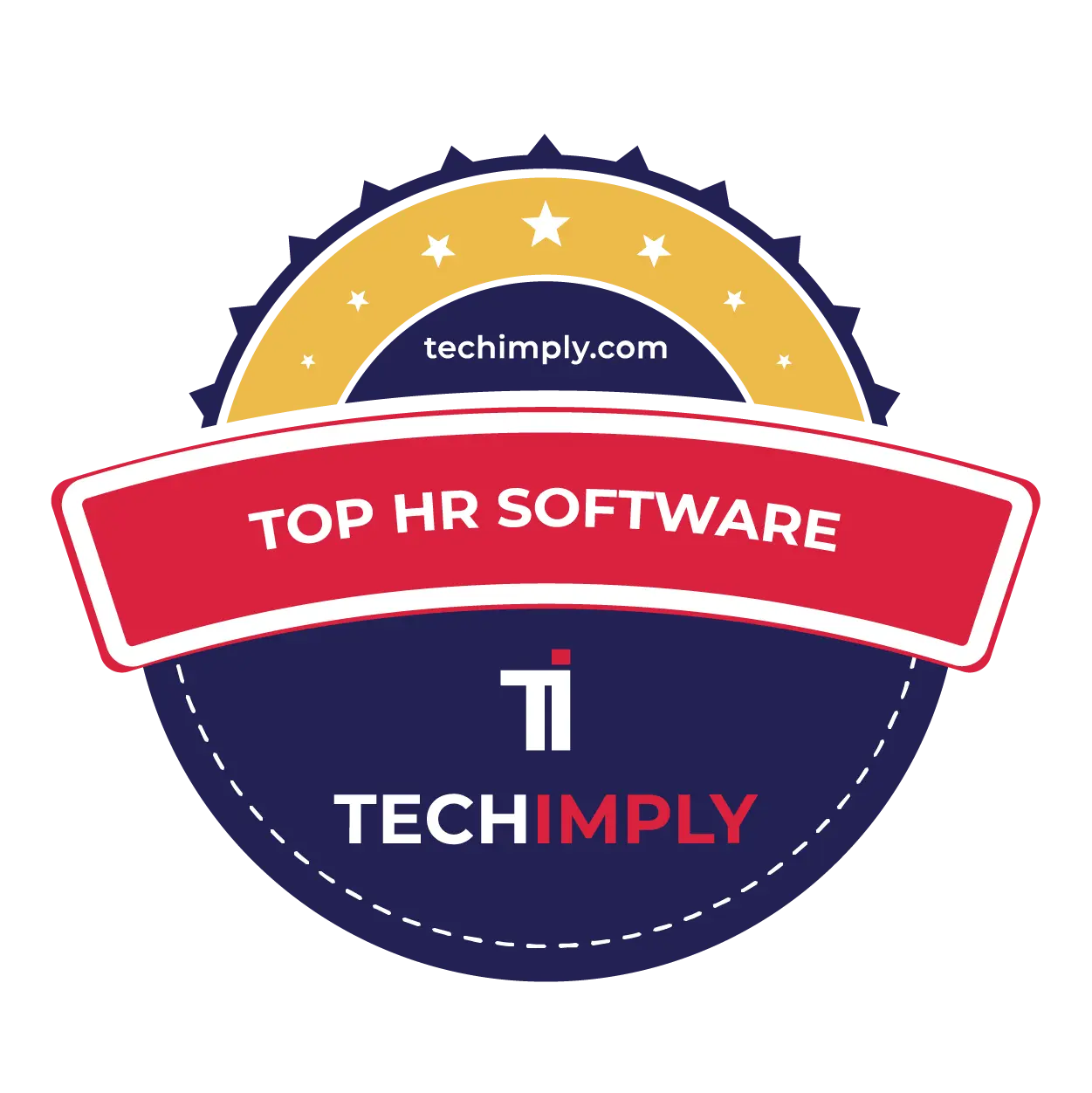
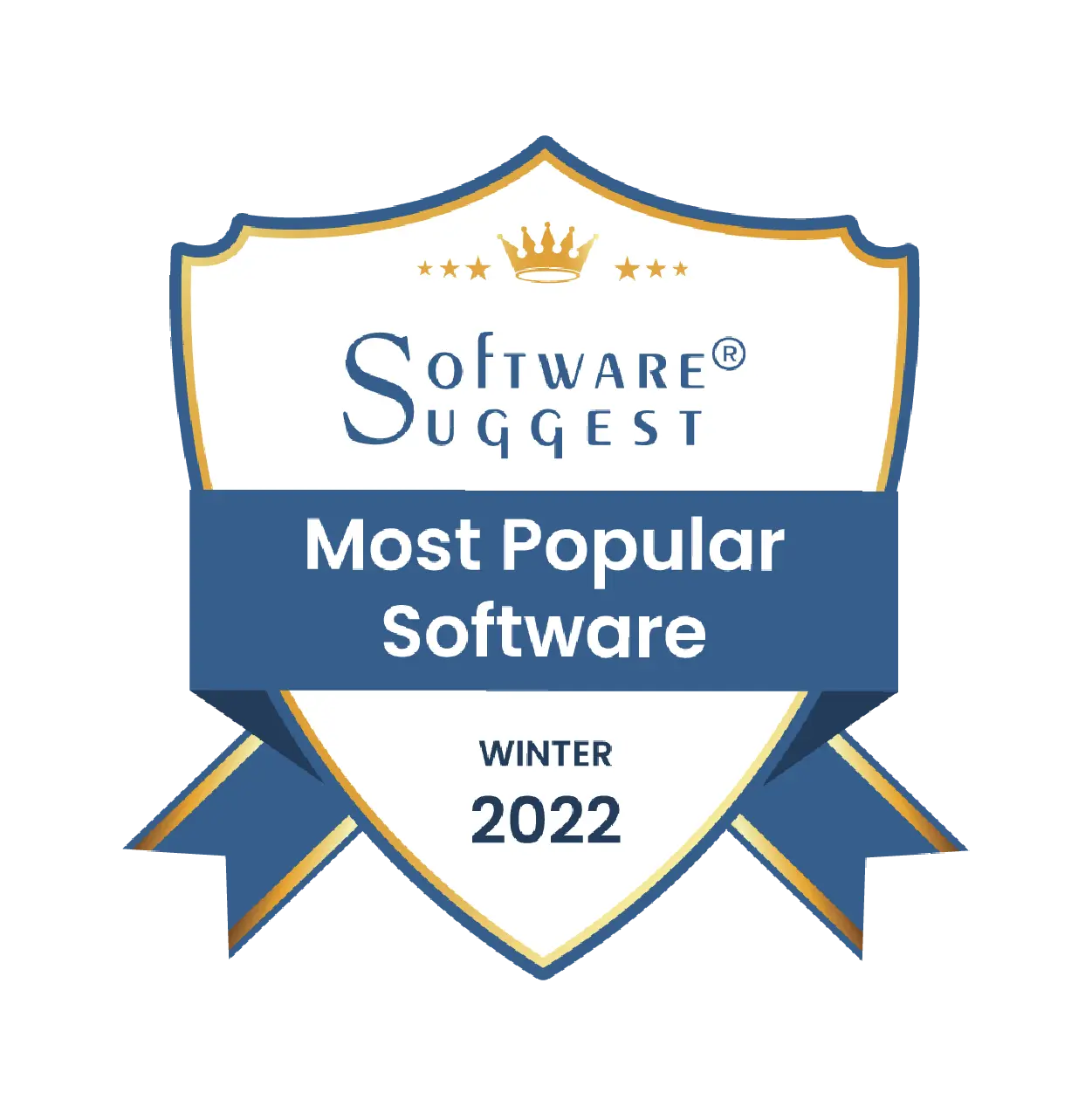
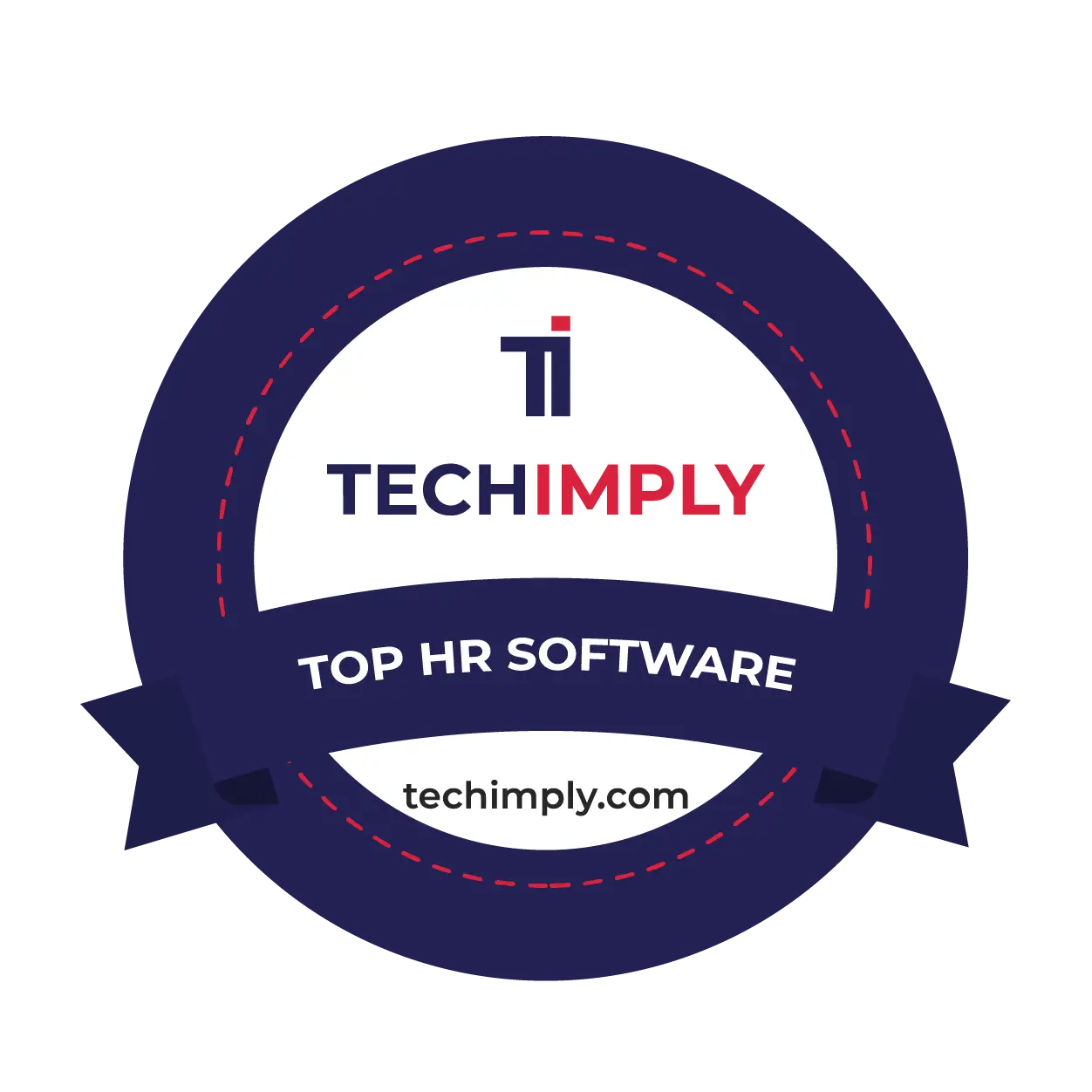
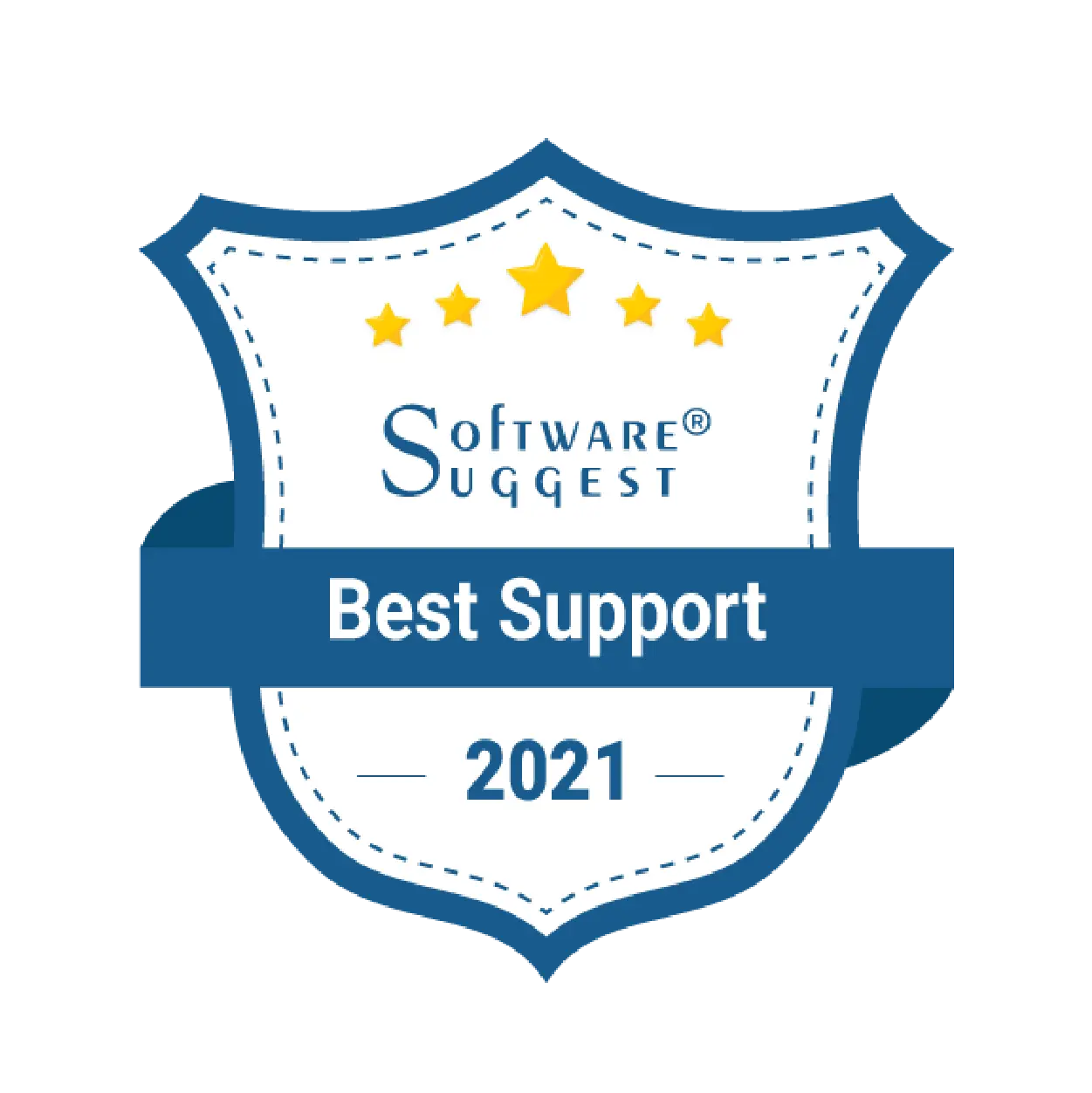
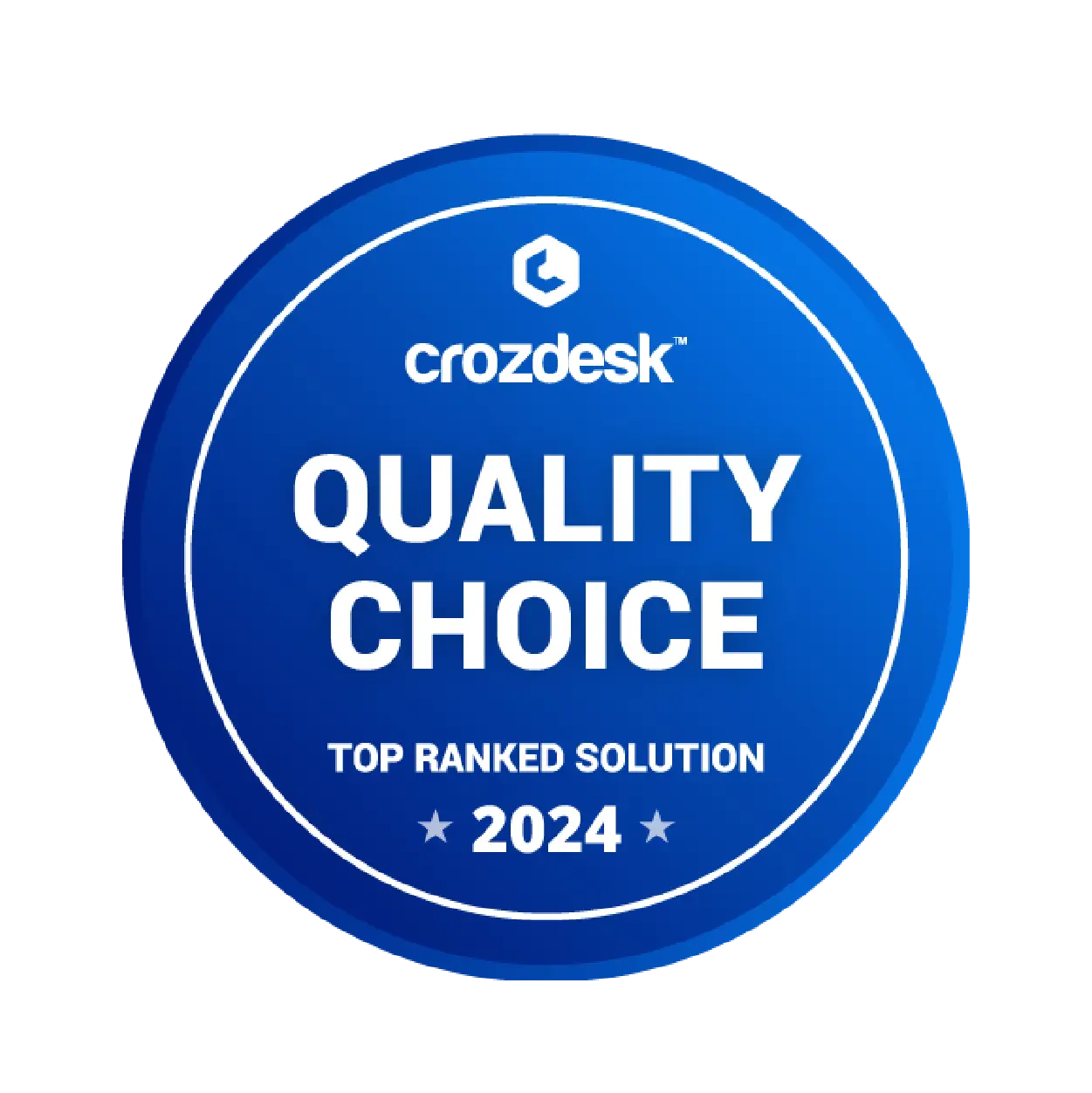
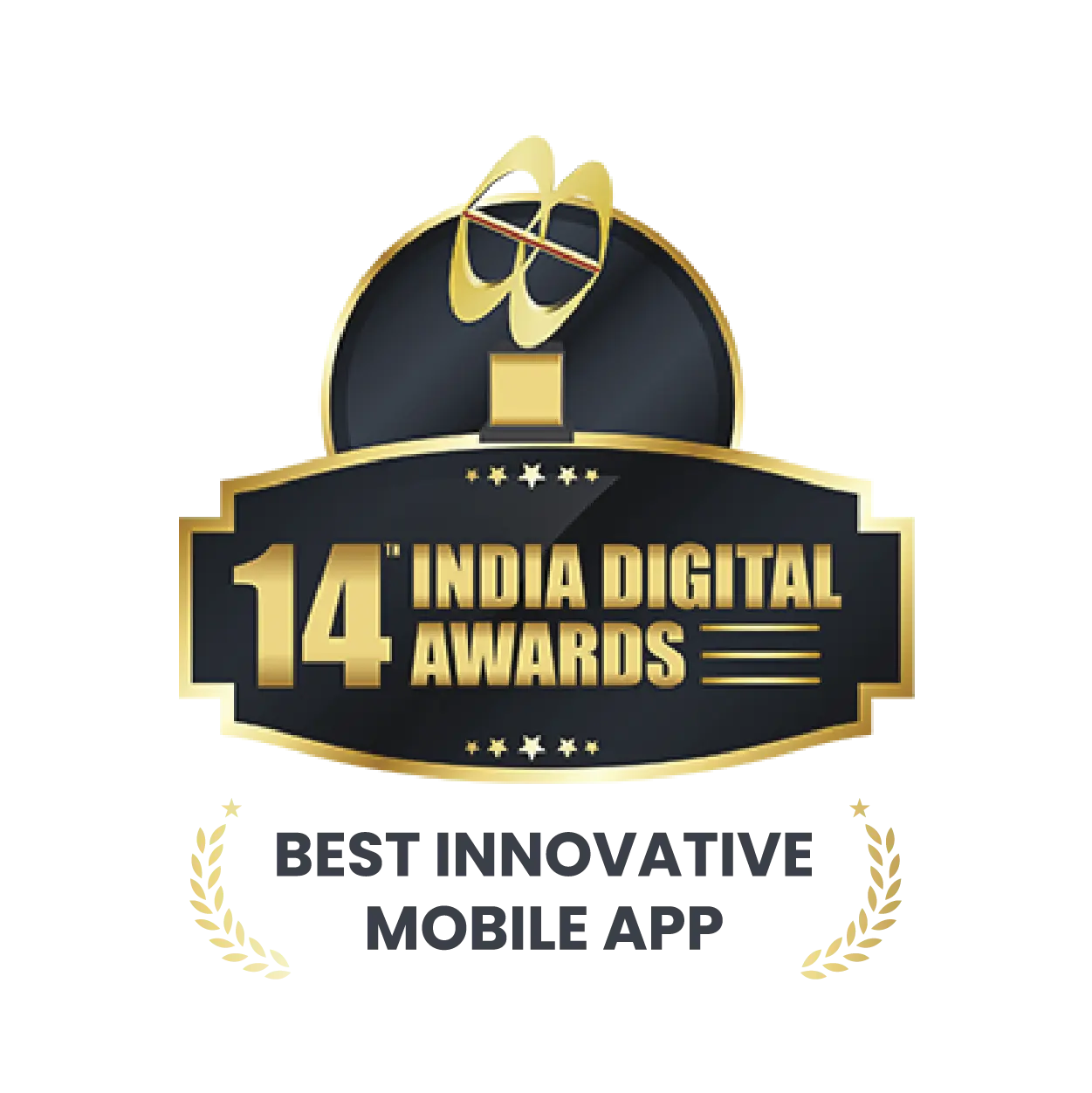
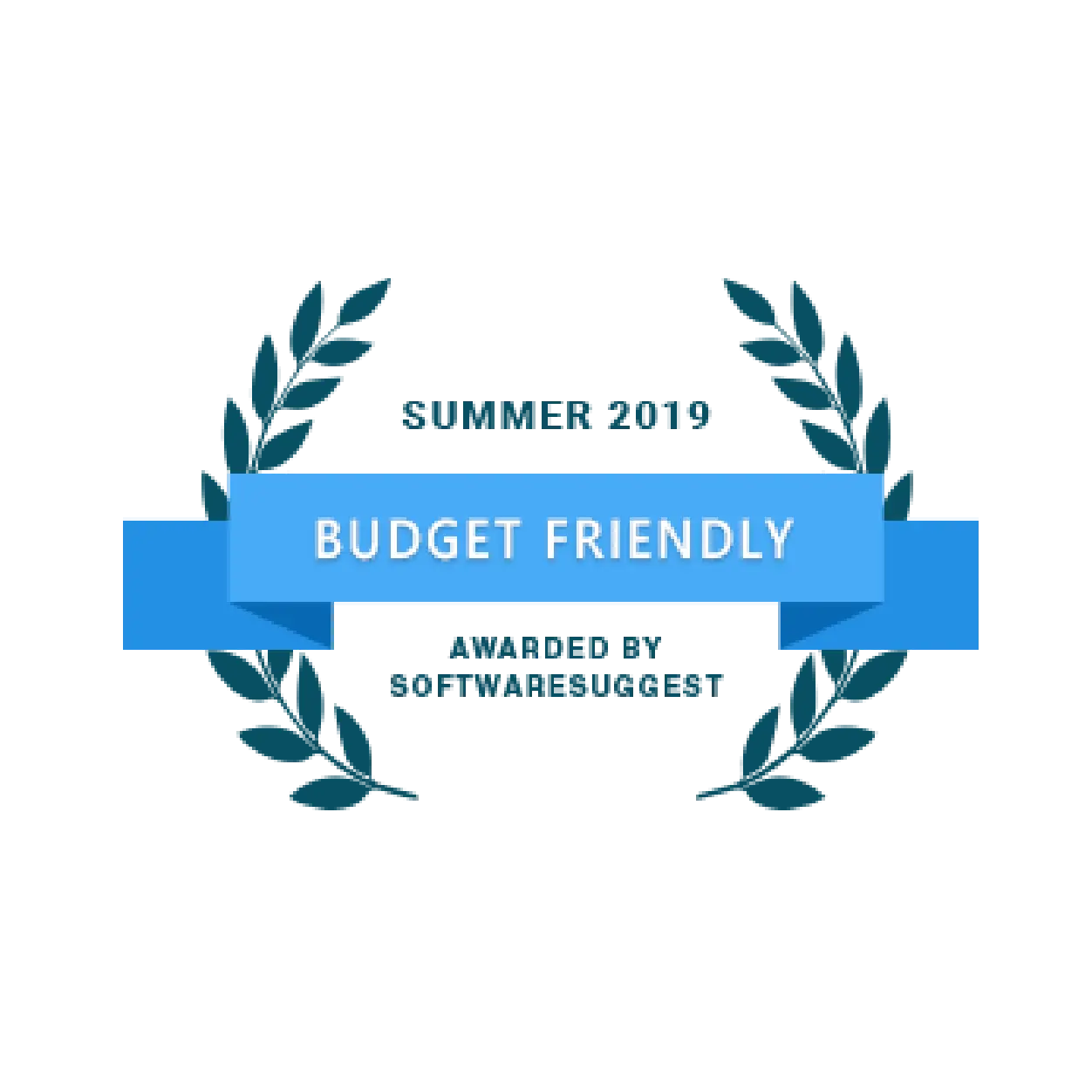
Download Product Brochure
Get detailed information on high-end functionalities of Employee Management Software in India.
Ensure complete Engagement with our
Employee Management Software

Simplified HR
Processes
Relieve your HR from time-consuming repetitive activities with automated operations and streamlined processes.

Secure Employee
Database
Keep your employee data safe and secure with enterprise-grade 256-bit encryption and role-based access control.

Automated
Compliance
Manage compliance with automated end-to-end compliance support that remains updated with any statutory changes.
#1 Choice of Industry Experts



Resources for HR and People leaders
What is Employee Engagement? (Full Guide)
The right approach at the workplace improves the employees’ connection, leading to higher revenue, and more.
What is Employee Connection? (Benefits + 8 Tips)

Successful businesses usually have employees connected to each other as well as to the management as a whole.
AI: The Future Of Employee Management
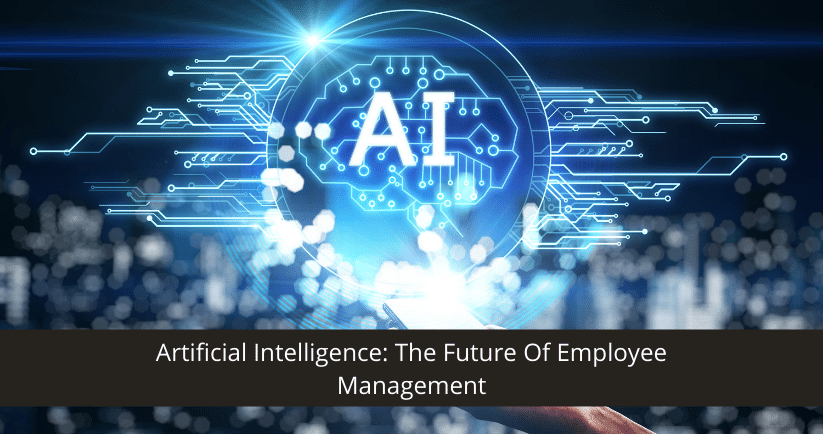
With AI dominating the world right now, it is easy to say that AI has started to impact our daily lives.
FAQs
What Is Employee management?
Employee management is the process of managing the employees of an organization to ensure that they work effectively to accomplish the organizational goals of the company. To manage the employees in their company, HRs are required to undertake various administrative tasks such as leave and attendance management, payroll processing, employee data maintenance, performance and appraisal management, undertaking training sessions, and more.
What is the purpose of an employee management system?
The principal purpose of the EMS is to assist in workforce productivity, understand techniques to engage employees and retain talent, and alleviate the administrative burden of HR professionals, empowering them to focus on strategic initiatives.
Does the Employee Management system accommodate Hybrid working environments?
Yes, the employee/staff management system can accommodate hybrid working environments. This system includes high-end features that cater to the need for a hybrid work culture, providing reassurance and support for both employees and employers. With the system, they can manage their work schedules, submit time-off requests, track attendance, punch in-punch out, and analyze performance while working remotely or in the office.
Additionally, some features like smooth document management and swift mobile accessibility streamline the process regardless of the working environment.
Can an Employee Management System manage an employee remotely?
Yes, definitely. An employee management system is cloud-based software that includes many functionalities, such as payroll, hiring, performance assessment, leave tracking, data security, etc. This system plays a crucial role for both employees and employers in facilitating efficient HR operations and employee management in remote work settings.
Why Should You Use Employee Management System Software?
Employee management system software provides you with a robust option to manage your employees effectively and efficiently. It automates almost all your clerical tasks, with modern systems utilizing modern technologies like Artificial Intelligence (AI) to even provide predictive analytics for informed decision-making. These systems also enable you to integrate them with other tools, enabling a seamless flow of employee data between systems, and further improving your efficiency.
How does an Employee Management System enhance employee satisfaction?
An employee management system enhances employee satisfaction by empowering them to undertake various self-service options such as applying for leaves, marking their attendance, downloading payslips, gathering feedback, sharing timesheets, applying for reimbursement, etc. It helps create an environment of trust and loyalty between the employee and the organization, leading to increased engagement.
Can Pocket HRMS secure the employee data?
Pocket HRMS is cloud-based software that provides robust data security. It includes Role-Based Access Control (RBAC) for restricting sensitive data access and employs robust authentication mechanisms such as sensitive passwords.

